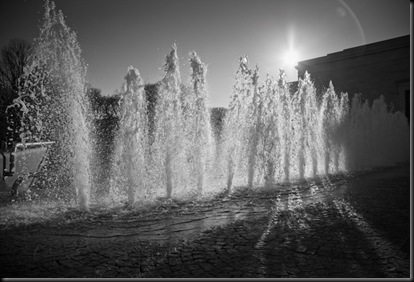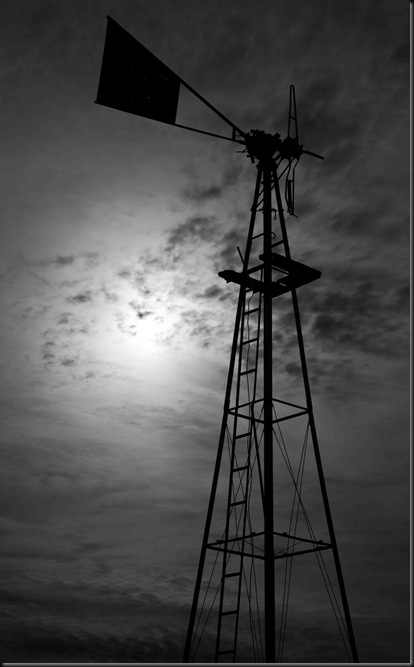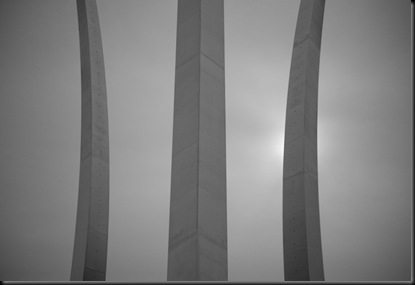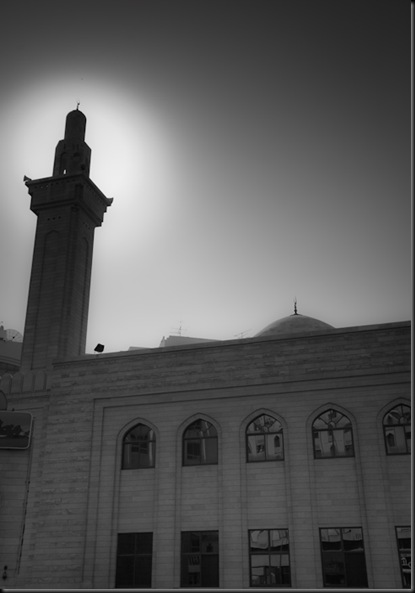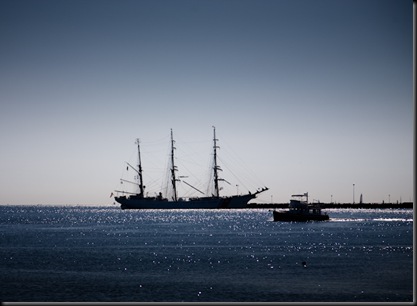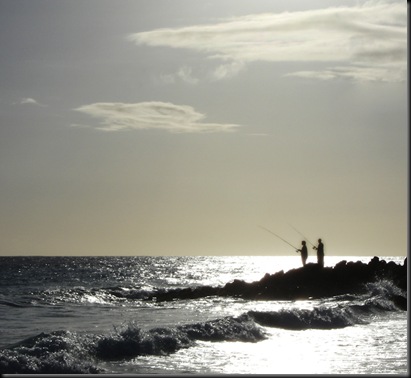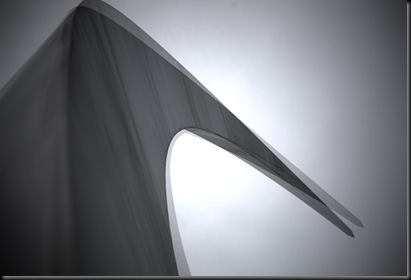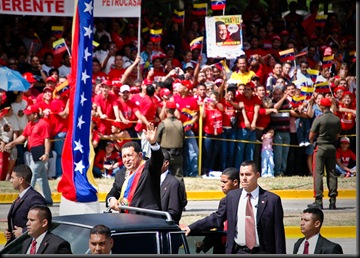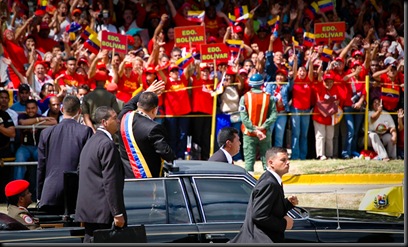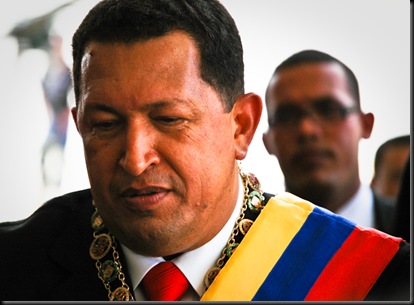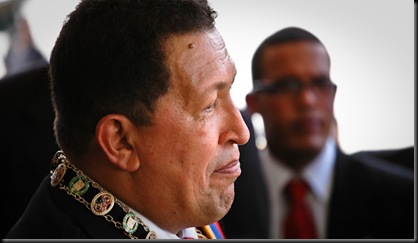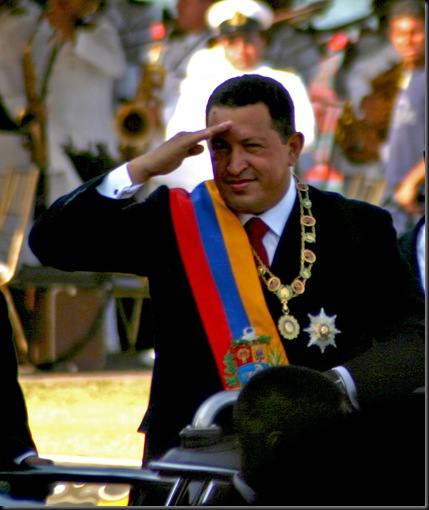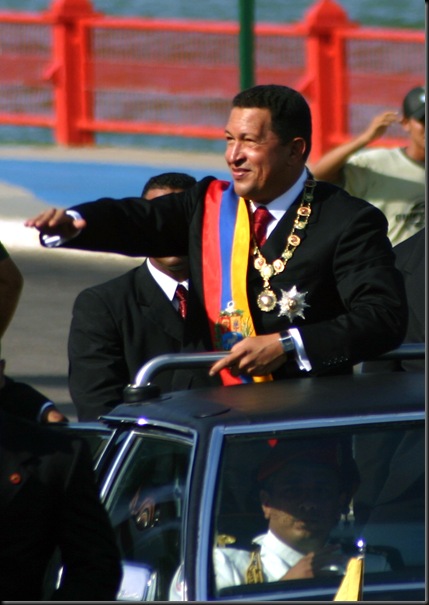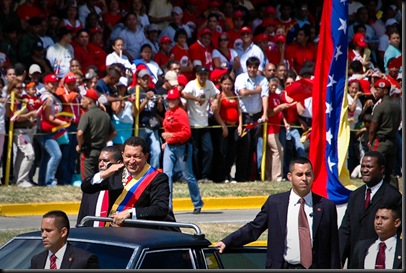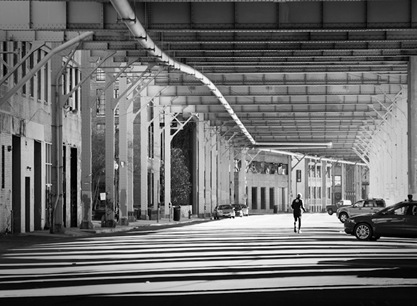
The set of photos I will present in this post is focused on the idea and my interpretation of solitude. The first photo “Georgetown Runner” gets first position because as a runner, I always enjoy the peace, solitude and meditative nature of running.
As we browse through the remaining photographs, something to keep in mind is that other than the obvious, “what makes these photos consistent with the idea of solitude?” For example, the Georgetown Runner is obviously related to the idea of solitude because he is the only person in the frame. But what else about this shot enhances the idea of solitude? I will let you think about it, and I will give you my answer at the end of this post.
The second shot, “Waiting for the Camels” shows one of the camel handlers on a foggy morning at the Al Wathba camel races just outside of Abu Dhabi, UAE.
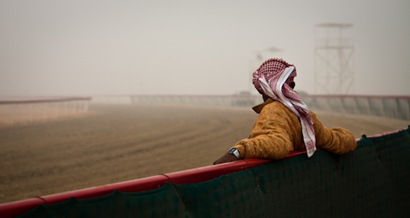
The “handlers” at the camel races are responsible for leading the camels to the starting gate, managing the start (a story in and of itself) and then retrieving the camels at the finish. This handler stares off into the fog waiting for the camels to finish the race and retrieve his charge.
This shot is also a good representative of a basic photography standard of composing a shot – the rule of thirds. Without getting into the details, photographers frequently divide the scene into thirds (both vertically and horizontally) and line the subject up with these imaginary lines. This method of composing a shot leads to greater visual interest in comparison to centering the subject. Try it and see how your shots gain greater appeal.
The next shot, “Sleeping in the Park” portrays the essence of solitude. I do not know the story behind this man, but I imagine a homeless man, and all the difficulties of his life that includes the loss of family ties and friends that most of us take for granted.
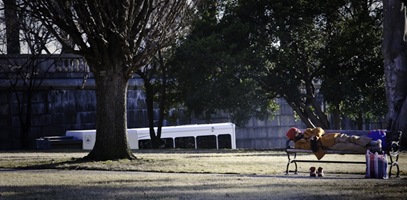
The next shot, “Sailing Can Be Lonely” is a completely different perspective on solitude. Unlike the first three photographs, the subject is not a person, but a thing. Even though there is no person to represent solitude, the idea fits clearly.
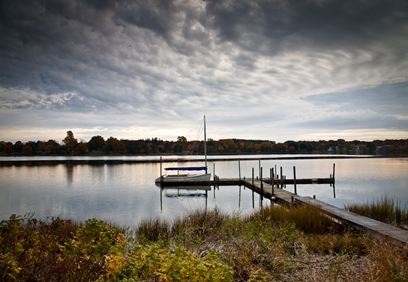
Continuing with the nautical theme, the next shot “Crab Boat on the Potomac” represents the solitude of life on the water. Anyone who has worked on or around the water knows that being underway is often a lonely business. Whether it is tending to crab pots, or sailing across the ocean, there is ample opportunity for time alone lost in thought.
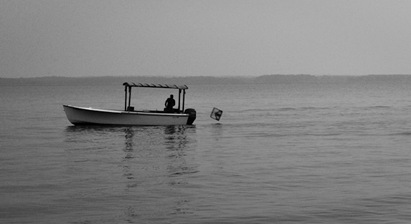
The crab boat picture leads me to answer a question posed by a friend over a glass of wine just last night. As he was looking through my photos, he commented that I have a preference for black and white. While true with respect to my bias toward black and white, he went on to ask a very good question; “how do you decide whether to shoot black and white versus color?”
I have a number of reasons for choosing black and white, most of which I leave for another post, but for now I will give you my primary criteria. When I consider this choice, my first question is always “does the color information in the shot add value to the final composition?” The crab boat shot is a great example; blue/gray water, gray sky, and white boat. The sparse color in the shot adds very little. In this case, the choice is clear.
The final shot “A Lonely Sailor” rounds out the nautical theme.
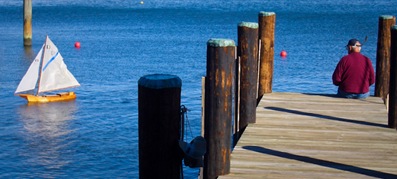
As I look at this shot, I see something reminiscent of Norman Rockwell – a man reliving his youth – sitting on the end of a dock with his toy boat. Even if we were to expand the view and see that a crowd were standing about watching the boat sail along under a brisk breeze, he is completely alone and intent on nothing more than his boat and executing a flawless tack into the wind.
So, have you thought about the solitude of the first picture of a runner under the elevated Georgetown highway? For me, the solitude is not only in the photograph, it is how I associate with it. The photograph encourages me to engage in memories of long runs – alone. Lost in thought, reflecting on the day, just enjoying the surroundings. If the photographer is able to engage you in such thoughts, it becomes much more than a picture – it compels you to engage. I hope you have a similar experience.
Enjoy!
Craig
